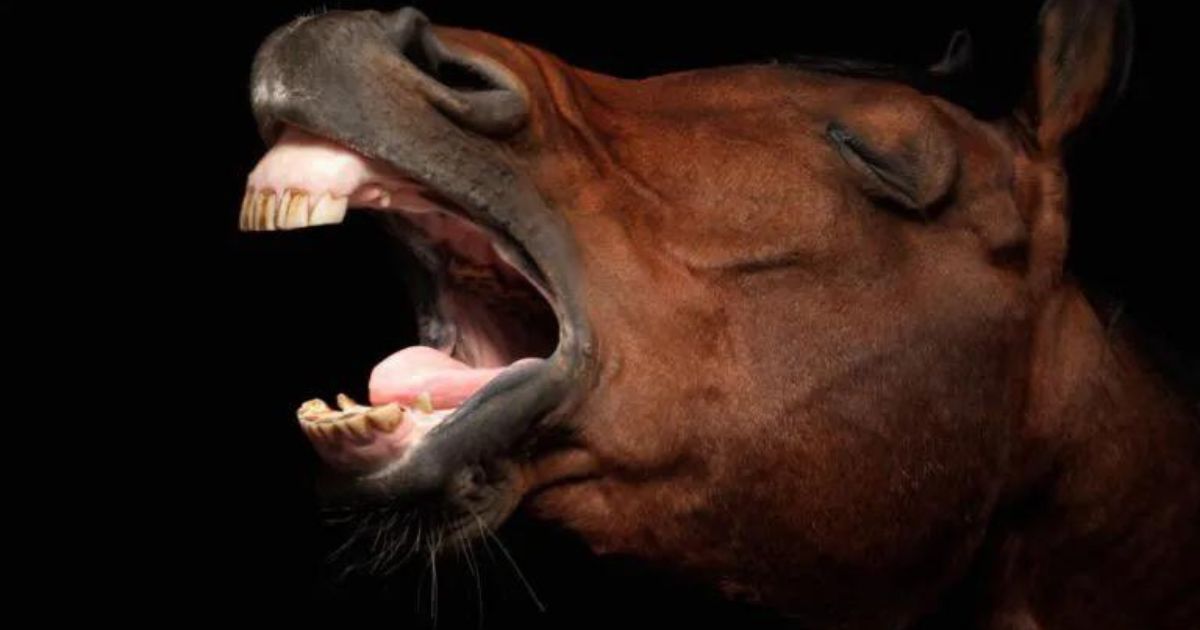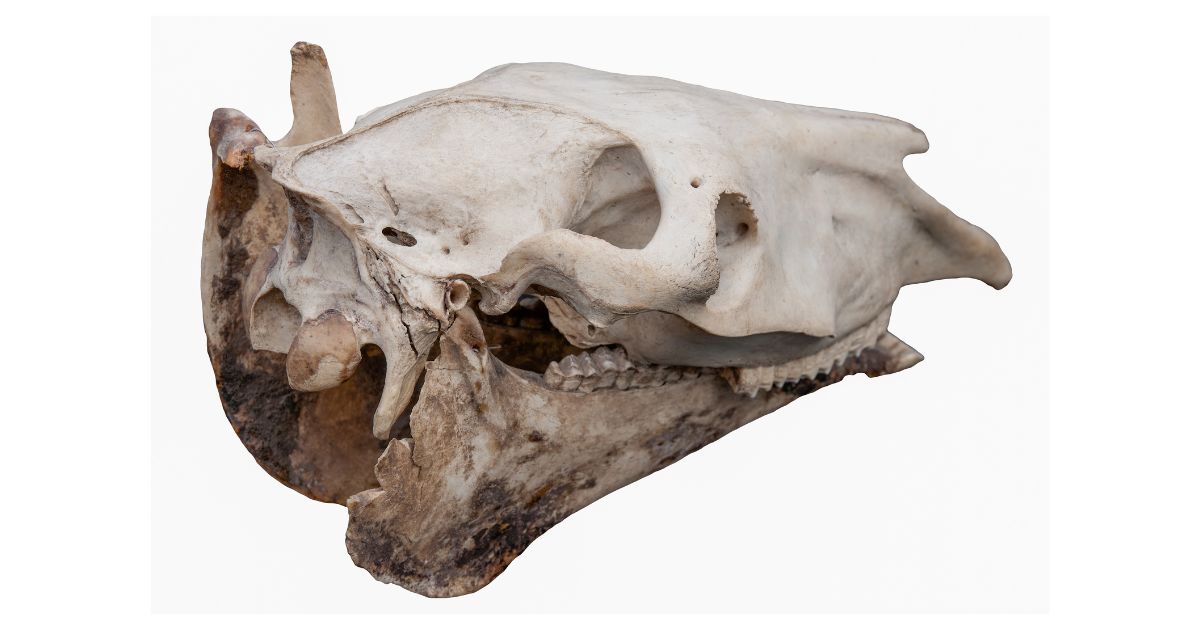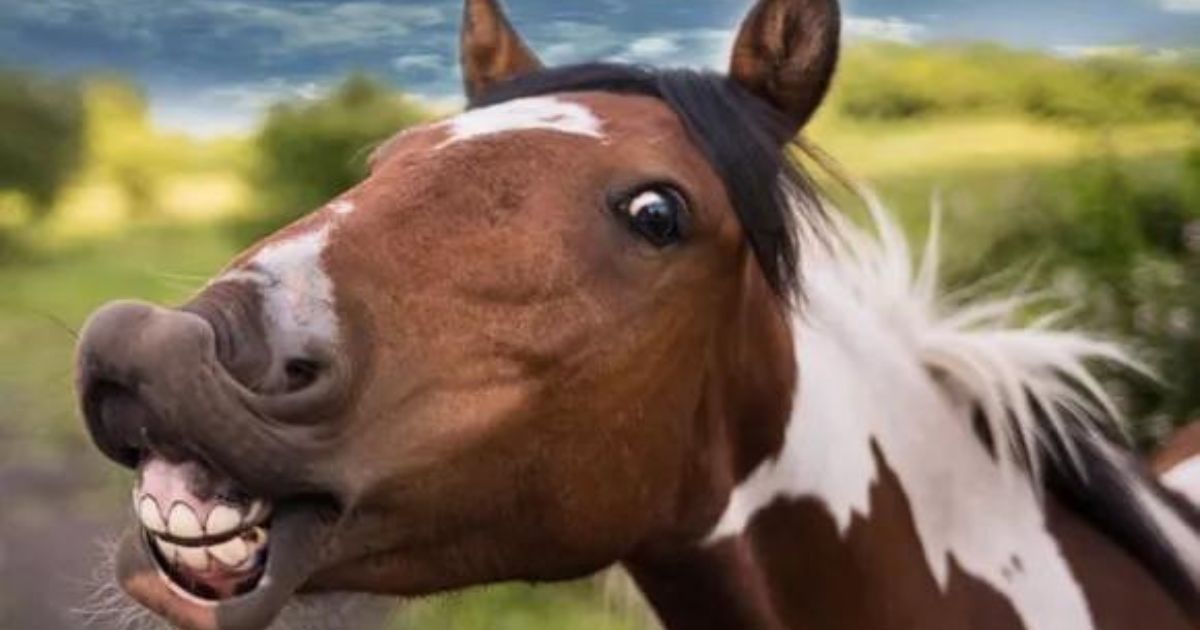Menu

Just like humans, horses depend on a well-functioning jaw joint. The ability to move the jaw correctly side to side, up and down, and forward and backward, affects not only the ability to chew and digest food, but also greatly influences the horse's balance and biomechanics.
The jaw joint connects the upper and lower parts of the skull and is a tightly fitting joint, reinforced by tendons, ligaments, and muscles. You can find the joint on the horse about midway between the outer corner of the eye and the ear. The joint is quite easy to see when the horse is chewing.
It's not uncommon for horses to have problems with the jaw joint, and this can manifest in many different ways.
There can be many reasons for pain and dysfunctions in and around the joint. This stems from the fact that the area is very complex and consists of many interconnected parts such as bones, tendons, ligaments, muscles, nerves, and blood vessels. Problems around the joint can originate from trauma from a blow or kick, osteoarthritis, wear and tear, inflammation, infection, and problems in the surrounding soft tissue.

However, problems can also arise from dental issues, which affect the movement in the joint. The jaw joint can also be directly or indirectly affected by pain elsewhere in the body, irritating equipment, or inappropriate training, which causes the horse to clench its jaw, thereby tensing up in the joint.
Problems may start small, but challenges in the joint can spread relatively easily. Here are some symptoms the horse may show when experiencing challenges in the jaw joint:
Look at how your horse chews. Pay attention to whether the chewing pattern is symmetrical or if the horse prefers to chew in one direction. Also, observe how the horse holds its head when eating. Are the ears, eyes, and nostrils aligned? And what about the chewing muscles on each side of the head – are they the same size?.
Look at the pattern, length, and angle of the incisors. They are directly related to the function of the jaw joint. Ideally, the incisors should be positioned directly over each other. If the horse has an overbite or underbite, it will not wear down its back molars optimally, which can potentially lead to lockups in the jaw joint.

Another way to detect problems is to listen to your horse when it eats. The sound should be even without strange clicking, cracking, or whistling sounds.
Gentle palpation of the jaw joint can reveal possible asymmetry or pain. If it feels like your horse has more space in the joint on one side of the head, while the other side feels tight, there is a problem. Reluctance to be touched around the joint can also indicate possible challenges.
It is, of course, recommended that you contact a professional if you suspect that your horse has challenges around the jaw joint.
Source
Equine Wellness Magazine: It’s All Related: How the TMJ affects bodily health